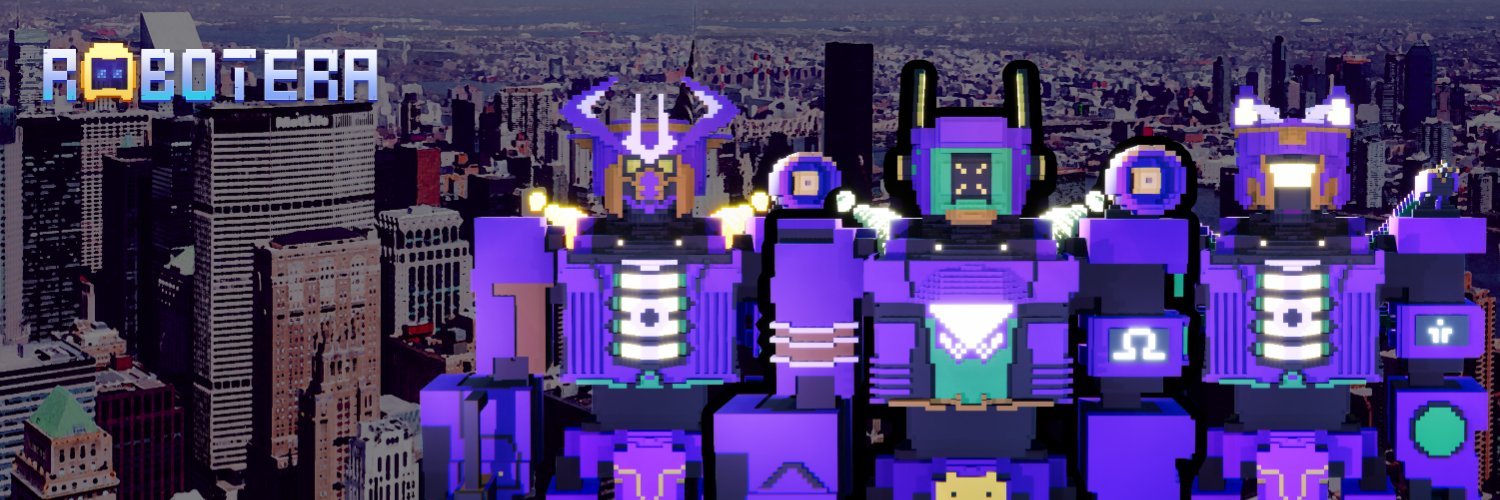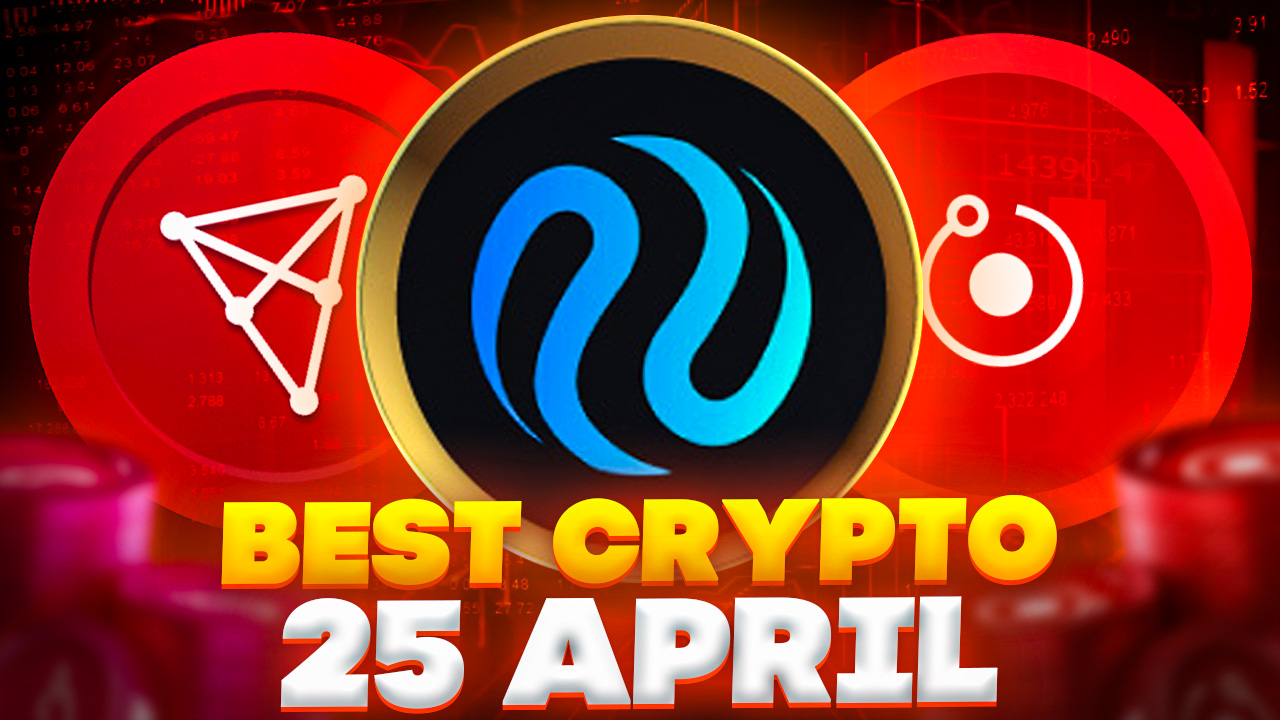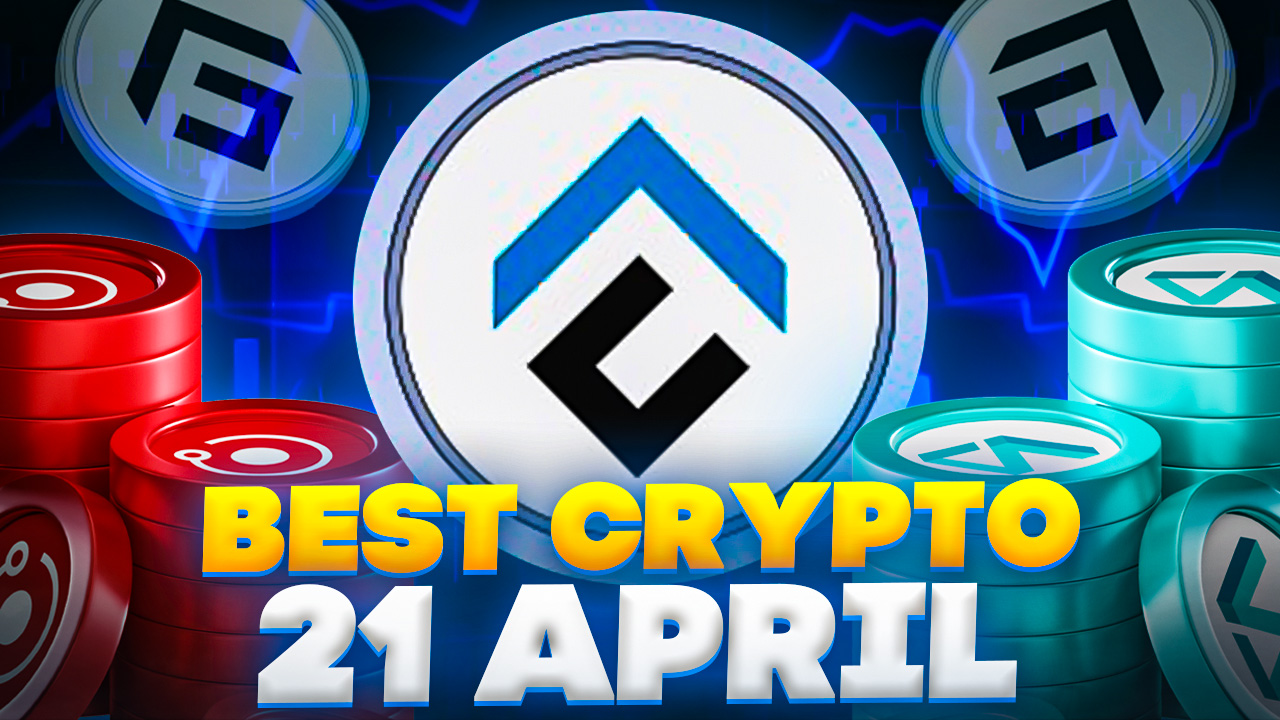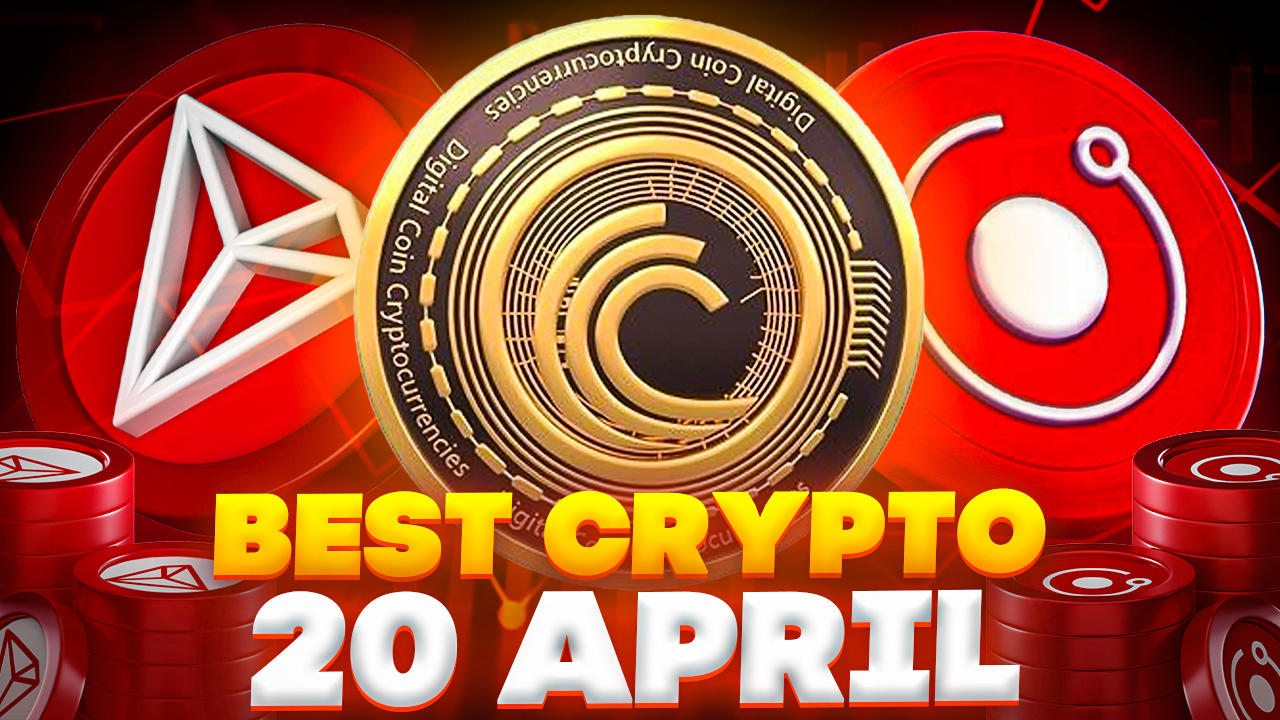Metaverse Hype Needs Real Product Success And This ‘Decentraland in Space’ Could be the Answer

The emergence of the metaverse has drastically changed how the world looks at human interactions, investment and work. Experts predict that innovation in this new sector could surpass the creative destruction associated with the internet while empowering the creator economy.
In the past few years, the Crypto metaverse has experienced tremendous growth with projects like the Sandbox, Axie Infinity, Decentraland and Internet Computer, among others, becoming competitive in the market.
Why the Metaverse Hype Needs Real Product Success to Stay Competitive
The metaverse has been predicted to be the future of crypto ecosystems, bringing forth a digital world without boundaries. However, some have termed its initial success a hype that must die down to pave the way for developing real products like RobotEra (TARO).
Big corporations and tech giants are all talking about the metaverse. Facebook, one of the leading social media companies, rebranded to Meta to align with its goals of building solutions that take every day human interactions to the next level.
Banks like Citi and JP Morgan have chimed in on the highly discussed topic, forecasting the possibility of the industry hitting $10 trillion by 2030.
The building blocks of the metaverse are nonfungible tokens or NFTs, which Dan Olson, a renowned YouTuber, believes need more structural details for long-term growth. In 2022 Olson reckoned that most NFTs could not do the things their creators say they can.
Traditional finance moguls like Warren Buffet and Peter Schiff have also downplayed the potential of the metaverse and NFTs saying, like crypto, they are a product of ‘speculation’ and may end when the bubble bursts.
Nevertheless, the metaverse will shape the next generation of internet users. Although the hype may die, developers must start creating real products. At the same time, bring down barriers to entry that keep the larger global population on the outside looking in.
“We believe the metaverse is the next generation of the internet — combining the physical and digital world in a persistent and immersive manner — and not purely a Virtual Reality world. A device-agnostic Metaverse accessible via PCs, game consoles, and smartphones could result in a very large ecosystem,” a report on the future of the metaverse by Citibank reads in part.
Meet RobotEra – A Metaverse Project Linking Virtual Worlds
In a vast alpha galaxy, you will find a planet called Taro. This beautiful world has gone through a cataclysm, culminating in the extinction of the locals and original robots for taking sides in a war.
A new reign is now in place, led by robots with the power of a human mind. Dealing with the sad reality of the aftermath of the war, they must use their special abilities to restore the planet’s former glory and bring up an advanced civilization for the future.
RobotEra is allowing members of its ecosystem to rebuild Taro in a Sandbox-style project. In other words, the team proposes a metaverse world with various assets forming part of the world.
Users will need robot NFTs, used as characters worldwide to acquire land and bring up assets like buildings and other key facilities necessary for a thriving modern society. Apart from building assets on the land, the citizens of the new world will be able to mine TARO, the ecosystem’s main currency, and create games to play in selected areas of the land.
Unlike projects like The Sandbox, Enjin Coin, Decentraland and Internet Computer, RobotEra is grounded in user-friendly technologies and tools. Members of this ecosystem do not need to be tech-savvy to create assets in the metaverse.
A play-to-earn (P2E) game or a player vs. player game economy similar to The Sandbox but with a few different aspects is coming up. TARO powers the ecosystem’s economy so users can buy land in the metaverse, participate in NFT robot sales and access P2E/PVP games.
How is RobotEra Different from Other Metaverse Projects?
Users on RobotEra do not need to be expert coders to build and create assets in the metaverse. The scripting language allows the development of games, gambling avenues, dynamic 3D scenes and applications.
According to the team, the scripting language “will be designed to handle a wide range of capabilities, including creating objects, loading textures, handling physics, encoding user interactions, sounds, payments, and external calls, among others.”
Communities in the RobotEra metaverse will naturally gather around neighborhoods with a shared interest to ensure beneficial interactions. Proximity to high-traffic hubs will drive users to the landowners’ content, thus creating value.
Brands within the metaverse will advertise similarly to traditional businesses using billboards or in high-traffic land parcels where their products will enjoy maximum visibility. The team expects some neighborhoods to grow into virtual representations of Times Square in New York City.
Users will also have the opportunity to publish, distribute and collect rare digital assets built on blockchain technology by creators within the ecosystem. Like NFTs, these digital collectibles will be traded within the metaverse economy using a scripting system.
RobotEra is planning to encourage the participation of members in social gatherings, especially online forums, chat groups as well as centralized multiplayer games. Since only some appreciate life in the metaverse, offline communities will also find a space to gather in RobotEra.
According to the whitepaper, there is no limit to the imagination in this metaverse world, with users allowed to explore newer features like training, professional development, education, therapy, 3D design and virtual tourism, among other things.
Tokenomics
RobotEra has a total supply of 1.8 billion TARO divided to cater to various aspects of the ecosystem. An institutional investor was allocated 36,000,000, with investors in presale stages 1, 2 and 3 assigned 90,000,000 tokens each.
The team was allocated 180,000,000 TARO, while the advisory arm accounts for 54,000,000. For the P2E reward, the team assigned 450,000,000, followed by 594,000,000 for the Treasury/DAO. A DEX liquidity fund of 54,000,000 TARO has been set aside in addition to 162,000,000 for the ECO fund.
RobotEra’s team currently offers TARO in a presale that has raised $676k. 1 TARO is selling for 0.020 USDT, but it is prudent for investors to make haste to the presale page before the price increases to $0.025.
Related Content:
- Best Crypto to Buy Today 5 January – FGHT, ETC, D2T, LDO, CCHG
- XRP Price Prediction – Why This Could Be The Time to Start to DCA Into Ripple’s XRP
- Cardano Price Prediction as $200 Million Trading Volume Comes In – Where is ADA Headed Now?




